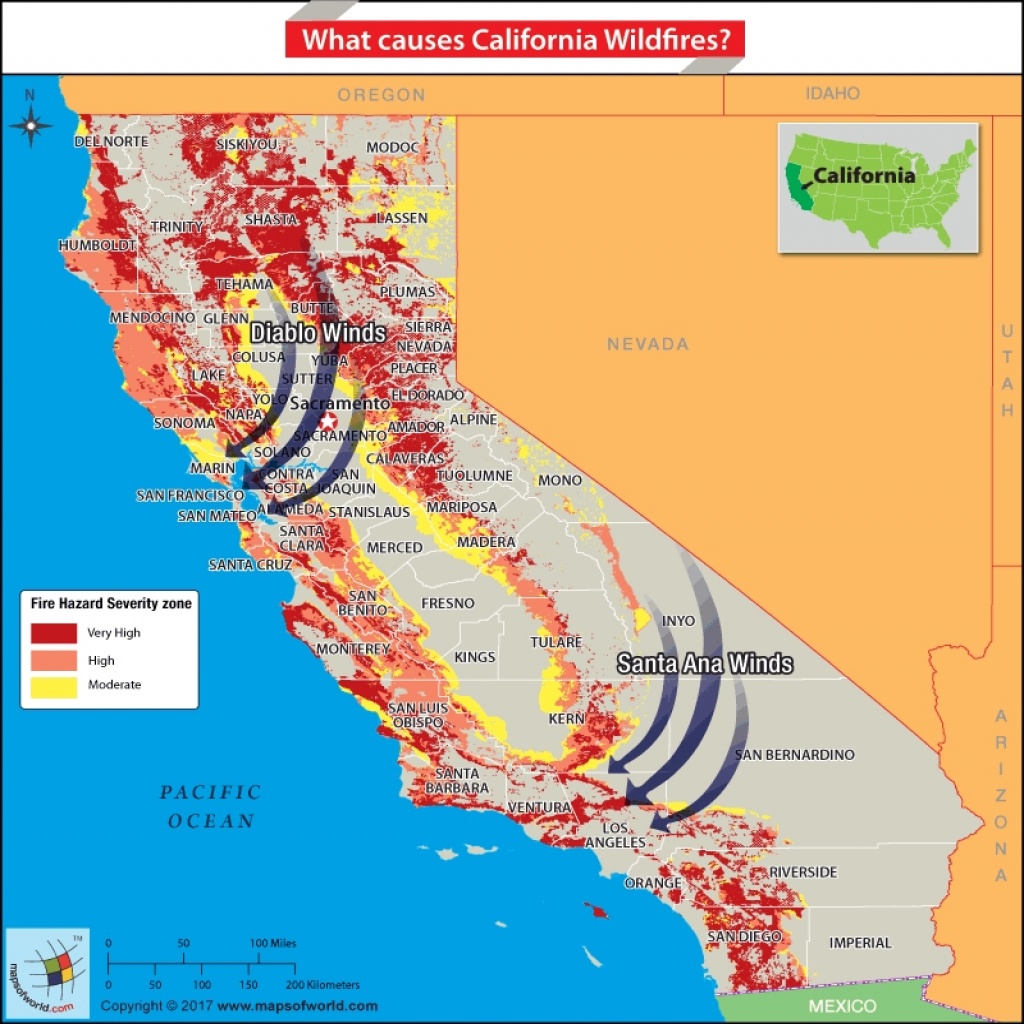

Fire SW of Monterrey in Coahuila, Mexico. The state of Coahuila is providing the aerial supervision aircraft and we have put one of our pilots with lead plane and Air Tactical Group Supervisor experience in the right seat.” Fire SW of Monterrey in Coahuila, Mexico. “Very steep and challenging country for fighting fire. Wildfires southwest of Monterrey, Mexico 3:48 p.m. According to heat detected by satellites it appears to be several thousand acres, while a fire about 4 miles to the east in Nuevo León looks to be more than 22,000 acres. The fire they will be dropping retardant on initially is just west of the Coahuila/Nuevo León state line. They are working and reloading out of the airport in Laredo, Texas about 160 miles northeast of the fire. CDT today March 28, the aircraft was on the ground waiting for an improvement in the weather.

Today was its first day of operations but when we spoke to John Gould, President of 10 Tanker at 2:45 p.m. One of the DC-10 air tankers, T-912, has started a contract with the state of Coahuila to assist firefighters battling a fire 20 miles southwest of Monterrey in Mexico. Map showing the location of wildfires (in red) southwest of Monterrey, Mexico 3:48 p.m. (NOTE that it’s on the website and most of the old links on that page are no longer functional.) Īn archived story from WILDLAND FIREFIGHTER Magazine about the 1998 fires in Mexico is online. The Forest Service has a 2020 photo album online. “In the end we all speak the same language when it comes to fighting fire.” “Fires do not have borders, fires do not have different languages and cultures,” Cruz told CNN. efforts.ĬNN reported back in September 2020 that the Mexican crews brought to California by Eduardo Cruz worked on the Sequoia Complex, which at the time had burned more than 144,000 acres and was just 35 percent contained.

During 2020’s brutal R5 season, he brought five crews of Mexican firefighters to California to work on fires - the first time that Mexico had sent an entire delegation of firefighters to support U.S. He worked on a helitack crew in California and launched longtime international friendships Cruz is now the fire management director of CONAFOR. Eduardo Cruz with USFS Region 5 fire peopleĮduardo Cruz traveled from Mexico to the Sequoia National Forest soon after the 1998 fires. firefighters began then to regularly travel to Mexico to teach ICS principles and operations and to share resources, and Mexican firefighters started traveling here to help fight fires and add skills alongside U.S. The USFS sent literally tons of equipment, personnel, and other resources to Mexico, initiating what’s become a longstanding knowledge-sharing exchange. According to a recent feature story by the Forest Service’s International Programs, smoke from the 1998 Mexico fires caused serious air quality deterioration across hundreds of miles from Veracruz north to the Gulf States along the U.S.

This collaboration has its roots back in 1998, when Mexico suffered through its worst fire season on record and was mounting a massive response to try to contain environmental damage and community threat. Forest Service and the National Forest Commission of Mexico (Comisión Nacional Forestal, or CONAFOR) work with similar wildland fire challenges and a shared approach in the Incident Command System. and Mexico celebrated their 200th year of diplomatic relations, and for almost 25 years now the two countries have worked together in information-sharing and wildfire management. "These are the risks we face on a daily basis and which call for a change in the energy model," notes Gustavo Ampugnani, executive director of Greenpeace Mexico.This year the U.S. The Mexican enterprise has not revealed the impact of the fire on marine life and only referred that the leak on a 12-inch diameter pipeline did not cause an oil spill.Įnvironmentalists say this is one of the many examples of the tragic consequences of the fossil fuel paradigm. Pemex said that there were no deaths or injuries and that the pipeline's connection valves were closed to control the gas leak. The facility's three firefighting vessels were only able to extinguish the fire five hours after the accident using nitrogen. The gas leak occurred at 5:15 am and caused a fire 150 meters from the Ku-Maloob-Zaap platform located off the coast of the Bay of Campeche. The accident took place at a natural gas operation owned by Pemex, the Mexican state-owned oil and gas company. A leak on an underwater pipeline located near an offshore oil platform in the Gulf of Mexico sparked a massive "eye of fire" on the ocean's surface.


 0 kommentar(er)
0 kommentar(er)
